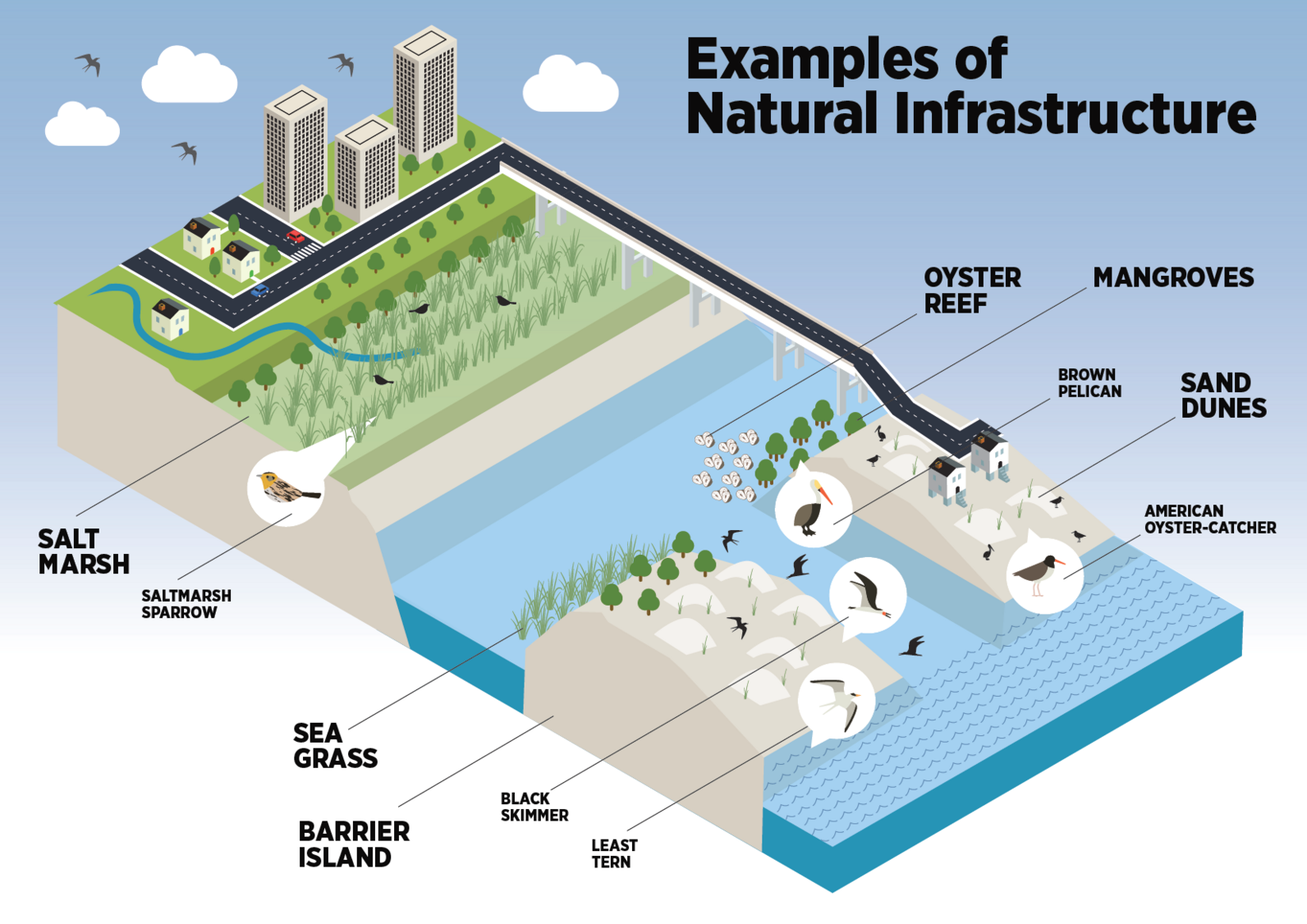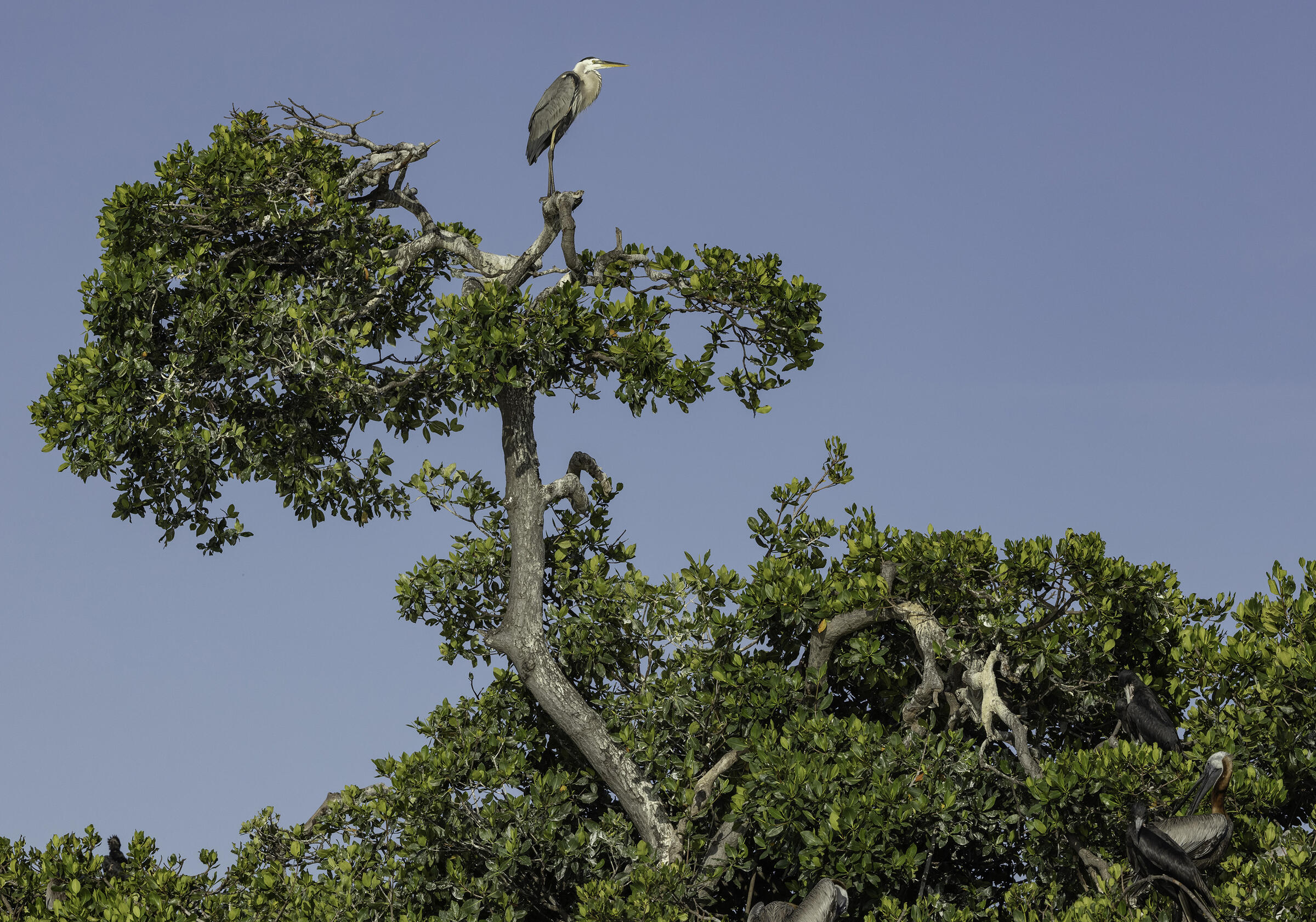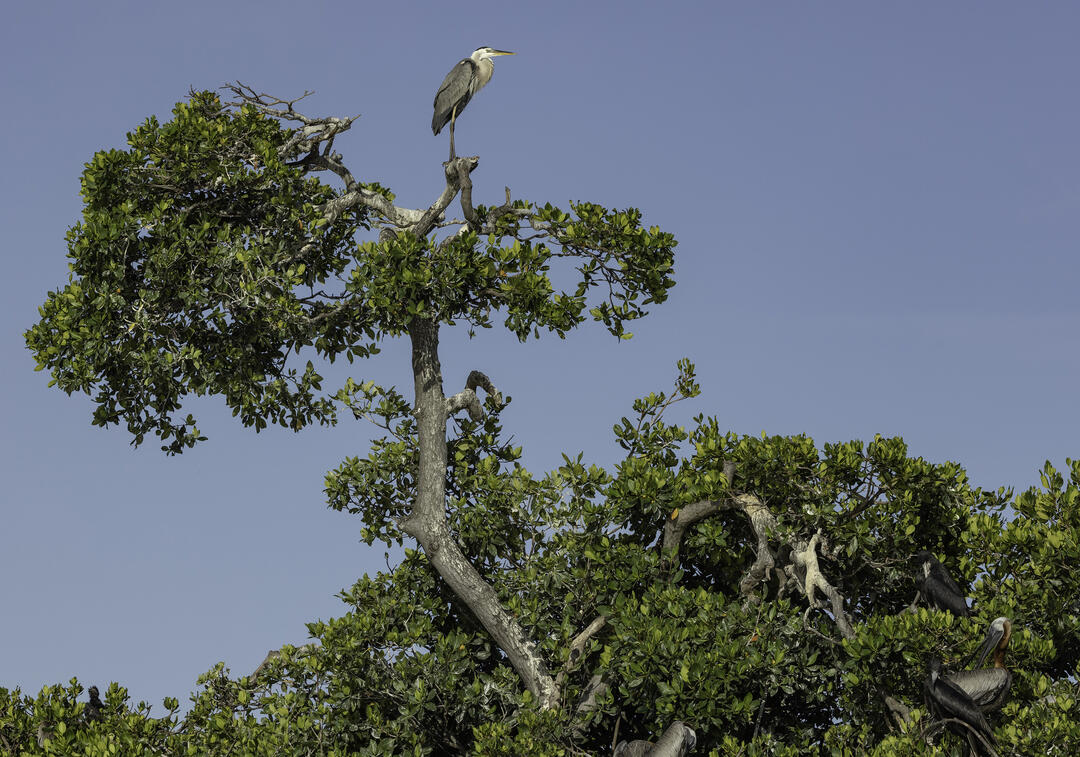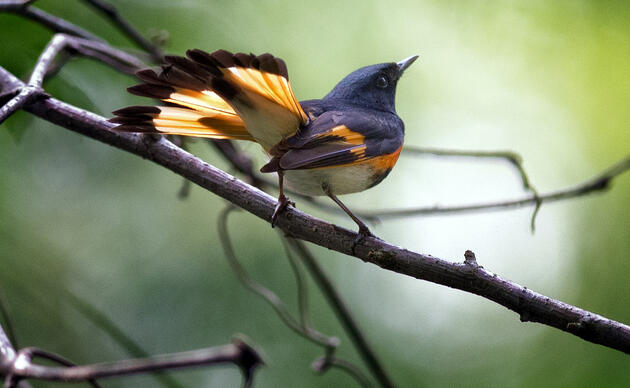With 8,436 miles of coastline and approximately 15 million people living along the coast, Florida is one of the states most vulnerable to the impacts of climate change, including rising sea levels, more intense storms, and increasing flooding. Higher sea levels are also exacerbating flooding during hurricanes, which are becoming stronger and more frequent with climate change. For example, Hurricane Michael cost the state $25.2 billion in damages. Over 1.8 million properties in Florida are at risk of flooding, which will increase to 2.2 million properties at risk by 2050.
Investing in Florida’s natural infrastructure, including wetlands, barrier islands, and mangroves can help protect coastal communities, wildlife, and the economy from climate change and extreme weather. Restoring Florida’s mangrove forests can be 2-5 times cheaper than some structural flood protections. Coral reefs and salt marshes can reduce wave heights by 70% or more, and every mile of wetland can reduce storm surges by 1-2 feet.
Florida is implementing the biggest natural infrastructure project in the U.S. as it restores the Everglades, the largest subtropical wetland ecosystem in North America and the largest mangrove ecosystem in the Western Hemisphere. In addition to providing drinking water and creating recreational opportunities, the Everglades also serves as South Florida’s first line of defense against storms. During Hurricane Irma, researchers estimate that the Everglades reduced property damage by $1.2 billion.
Nature can help build resilience for birds and people
“Natural infrastructure” is engineering with nature—restoring and mimicking natural landscapes like wetlands, oyster reefs, and barrier islands to buffer coastal communities against flooding and enhance habitats for birds and other wildlife.

Just like roads and bridges, our natural landscapes provide critical services to our communities:
- Barrier islands and wetlands act as our first line of defense against flooding. For every dollar invested in natural infrastructure,$7 or more in flood-reduction benefits are returned.
- Natural infrastructure also improves water and air quality, creates habitat for birds and other wildlife, and provides recreational amenities for residents. Coastal habitats like mangroves and marshes also remove up to 10 times more carbon from the atmosphere per acre than land-based habitats like forests.
- Natural infrastructure also grows and builds over time, and can be a more cost-effective and adaptable solution to addressing impacts from a changing climate when compared with “gray” infrastructure alternatives, such as seawalls, levees, and jetties. In some communities, gray infrastructure will be necessary but can be coupled with natural infrastructure to create more durable and environmentally beneficial projects that create multiple lines of defense.
How you can help, right now
Donate to Audubon
Help secure the future for birds at risk from climate change, habitat loss and other threats. Your support will power our science, education, advocacy and on-the-ground conservation efforts.
Become a Monthly Donor
Donating monthly is flexible, easy and convenient and makes you a champion birds can count on, no matter the season.
Volunteers Needed
Florida's birds and wildlife need your time and energy. Learn how you can become a citizen scientist or a volunteer at one of our nature centers today.






